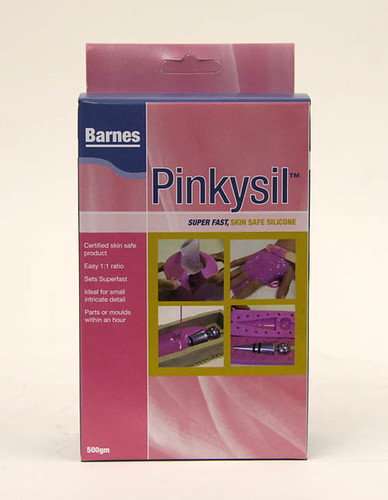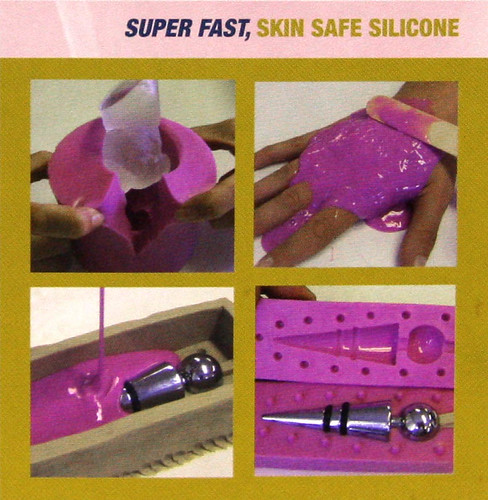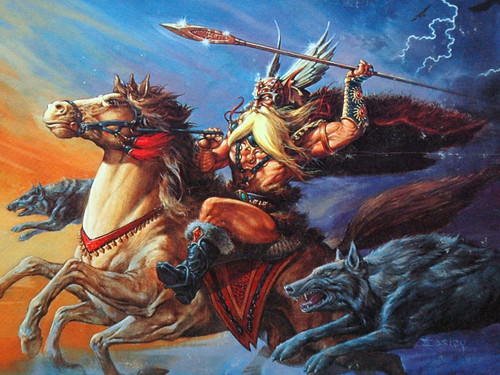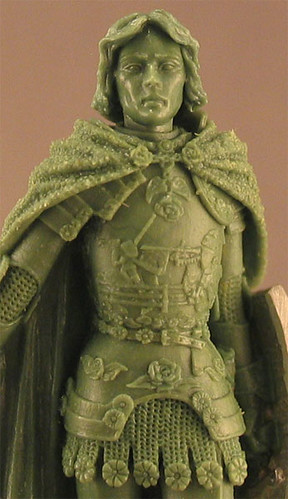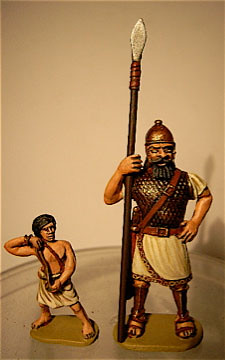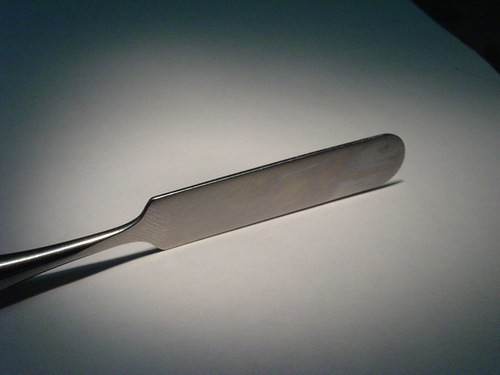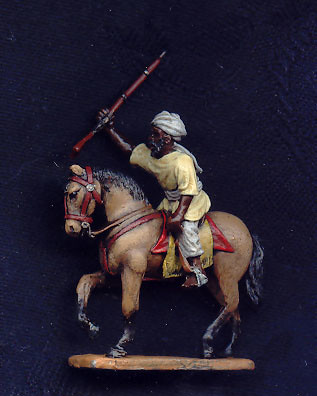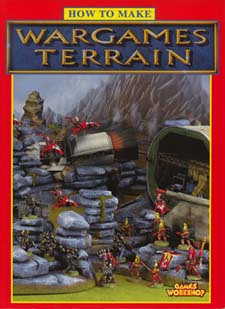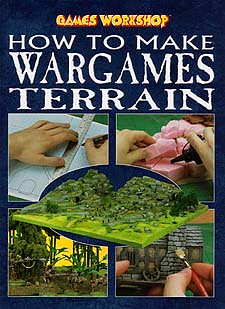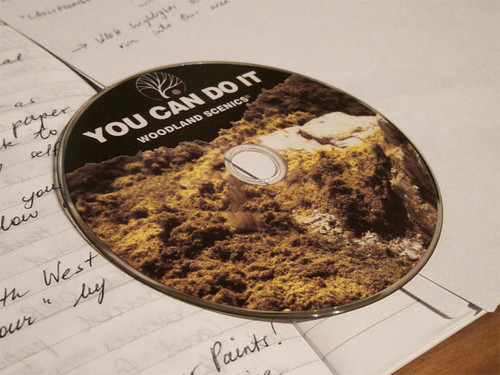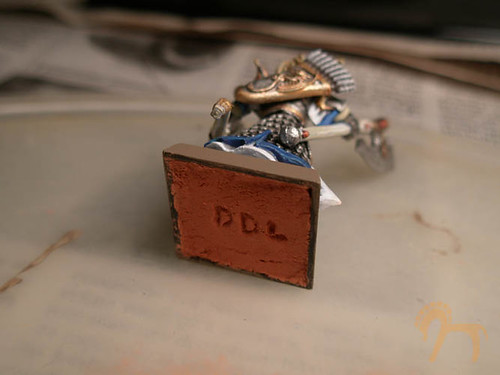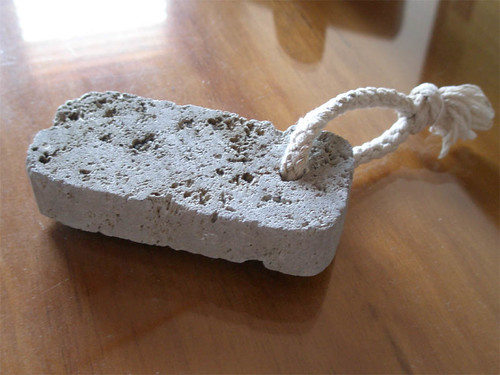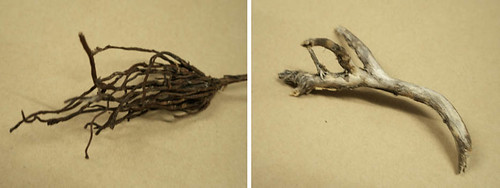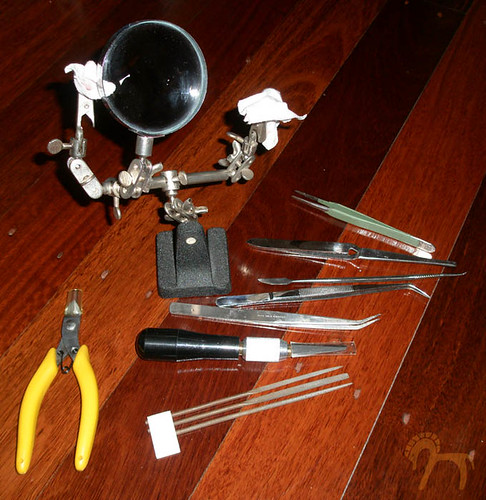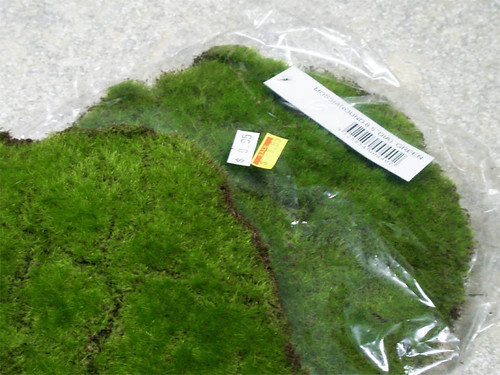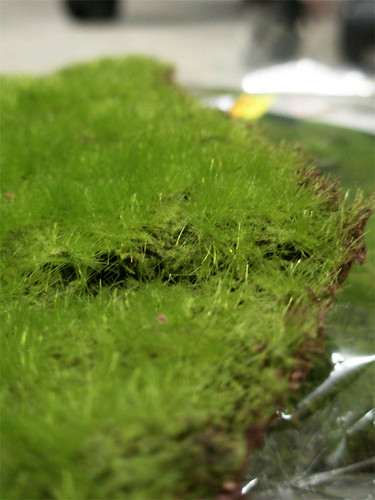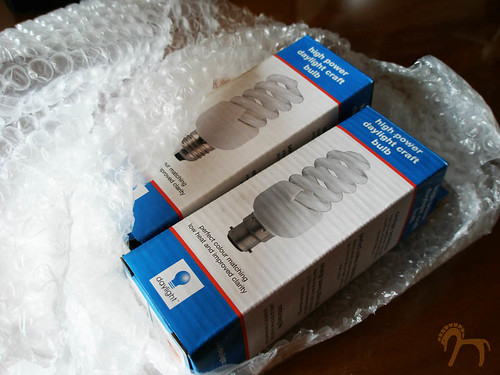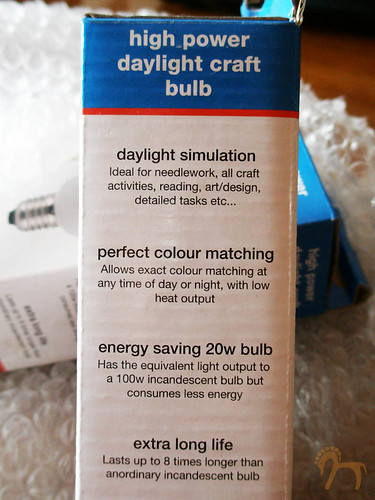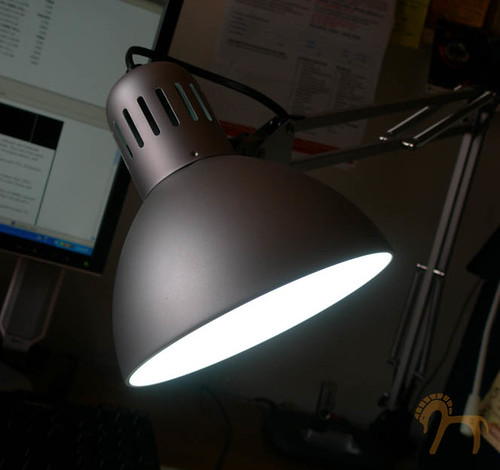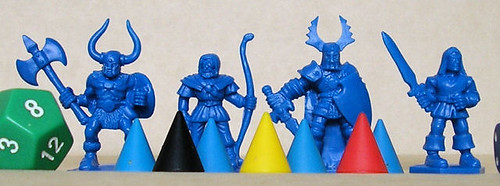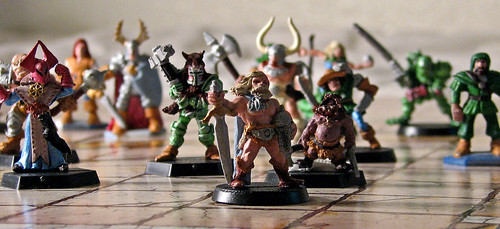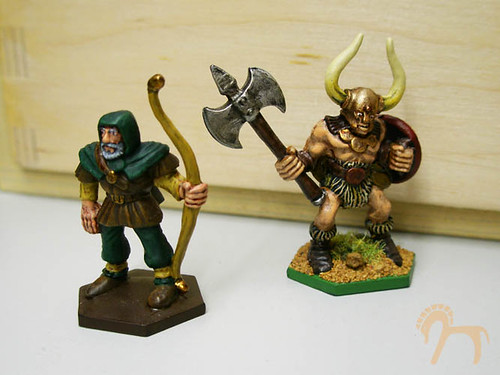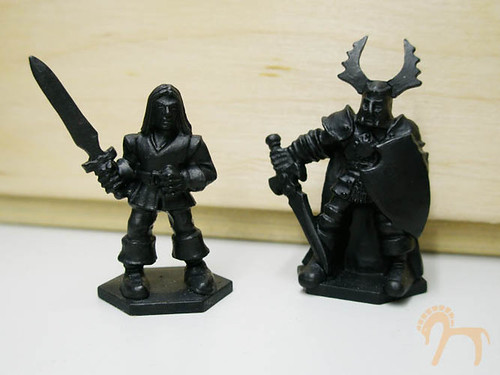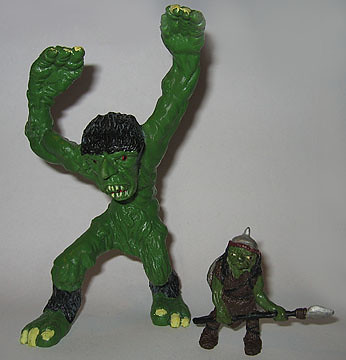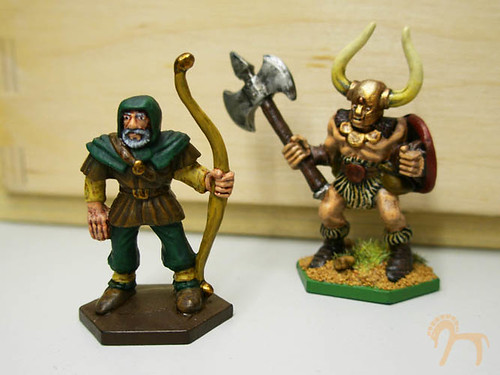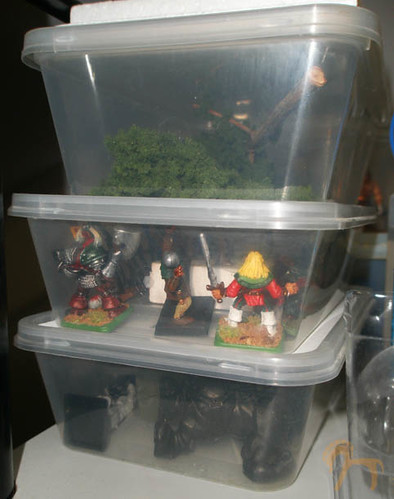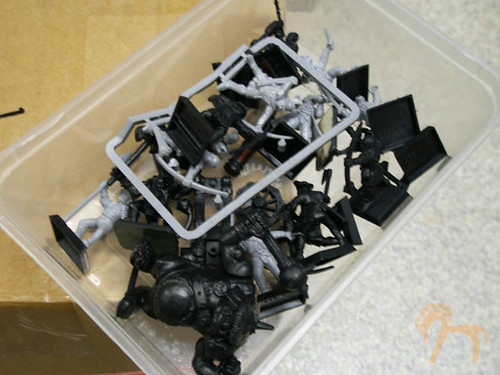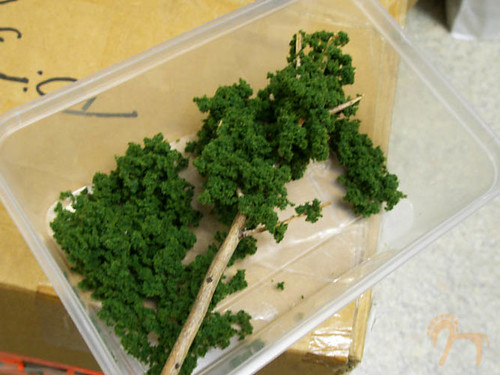This mfxposé featured artist is Menic Rüttimann, from the menix miniatures blog. He's done some beautiful work, particularly with ancient and historical periods. So surf on over to his blog for some in-depth info.
INTERVIEW
Daniel: Give us a little bit of background on yourself and where you started.
Menic: Well, I was born 1970 and brought up around dad’s N-Scale Baltimore & Ohio and Western Maryland model rail-road. As a kid I glued and painted 1/72 aeroplanes from World War I and II. As a fantasy role-playing teenager I wouldn’t paint my miniatures. I thought it sacrilegious to mess up the antique flair of pewter and patina with acrylic paint!
Daniel: What was your main source of inspiration for painting miniatures?
Menic: Hmmm, I guess the lust for painting loads of miniatures grew slowly but economics and geography where in the way. So serious painting started in 1994. I was always interested in games of strategy and tactics and started playing the Warhammer Fantasy Battle system. I built one big Bretonnian army, always lost, but kept on painting. Heraldry and the realistic background of my army finally led me to historical wargaming.
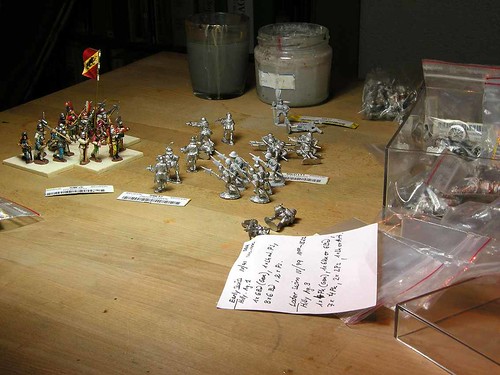
Daniel: What are your worst colours?
Menic: I hate red-yellow colour combinations. And the worst colour to highlight is red.
Daniel: And your key inspirations?
Menic: Archaeology, museums, textiles. I guess everything from Art History to Architecture, Sculpture, and building decoration. Even concepts from books, pictures and Illumination.
Daniel: Tell us a bit more about your passion for historical wargaming and painting this specific genre.
Menic: Sure. Nowadays I build ancient and medieval armies for Phil Barker's “De Bellis Antiquitatis” (DBA) and its fantasy spin-off “Hordes of the Things” (HOTT) and I still enjoy every game.

The good thing about DBA-armies is you don’t need a lot of figures. That way I can get finished in time, can use the army in play and move on to the next project and still have a life.
I started DBA in 2006 and can now field all kinds of medieval 10th-13th century armies and Saracen troops from North Africa, Spain, Syria and Sicily. Ancient Parthians and Seleucids are ready too.
I still have a lot of painted minis which didn’t make the transition from Warhammer to DBA basing standards.
Daniel: So what other sort of work do you get up to between projects?
Menic: In between I paint dragons and orcs for a fantasy army I hope to finish before my son looses interest. Right now I’m halfway through with an early Swiss army. It consists of about sixty halberdiers and some skirmishers. In game it is often hard to win with them but the mass of miniatures will have some psychological impact on the opponent, I hope.
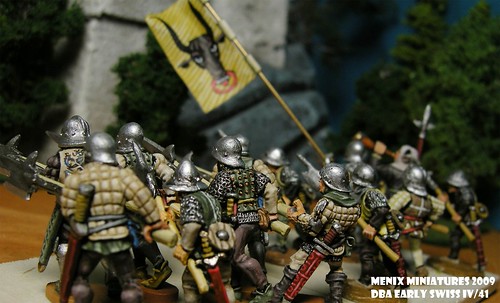
Of course there is a lot of unpainted lead: Byzantine Cavalry, Turcopoles, Knights from the 13th-15th century, a pile of 15th c. Swiss pikes, a hillock of WH-Knights.

My aim is to paint all kinds of special or generic troops for every army in western Europe and the Mediterranean from the 10th to the 15th century. As for the Ancients, I do them in 15mm and the theme is Persia and the Mediterranean World. The 15mm stuff is still new to me but the next army will be Galatians, wild naked Celts in Turkey, haha!
Daniel: What tips can you give our readers on miniatures painting?
Menic: I think there are three important things to remember in good miniature painting:
1.) I try to do a clean job. This means the technical side of painting. How do I apply liquid plasticoid stuff on a metal background so it gives a neat surface and a trimmed border?
I try to control the consistency of the paint. I use a lot of water, but sometimes just as much as to keep the pigment flowing down the brush. I use expensive brushes with Rotmarder-hair, size 1, 2, 3.
I’m constantly fighting my brushes, I sometimes punish size one by painting intricate stuff with size three. I start with white primer and then paint the skin first, mostly face and hands. For the clothing I mix colours a lot and start with a darker middle-toned colour as a first layer. Then I paint the deepest shades followed by two highlighting layers.
I use different techniques to simulate different materials: for fury textures (horses) a kind of wet-in-wet technique, or a black underground for leather and metal – which helps details stand out, Eg. belt and buckle, armour, shoes etc.
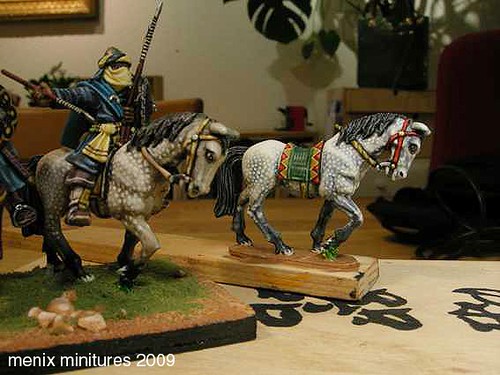
2.) I want to keep it simple. This means I try to find a useful colour scheme for the clothing. To many different colours will blur the overall appearance. I avoid using more than three.
Keep an eye on alternating dark and light colours. Paint a tunic in egg shell, let it be covered by a dark brown cape and use simple colour scheme. It's realistic and always makes a good appearance on the game-board. Keep it simple also means abstraction: tricky stuff like embroideries or heraldry looks best if applied with lively strokes.

I learn a design with paper and pen first. I try to break it down to basic forms and lines. As soon as I can draw it freehand I start to scale it down to the right size. Then I practice with paint on paper. After some time I feel confident enough and give it a go.
Big goofs get erased with a blob of paint the same colour as the primer. The process gets faster with growing experience.
3.) I paint the light. I like to “break” colours which seem too saturated for my liking. I imagine the sun shining on these and I simulate this bleaching effect by mixing in some grey. I use the more powerful colours for rich cloaks, banners or other special equipment.
For some more great tips, tricks and tutorials, check out Menic's blog.
UPCOMING: Keep an eye out for some more featured artists and companies ...



